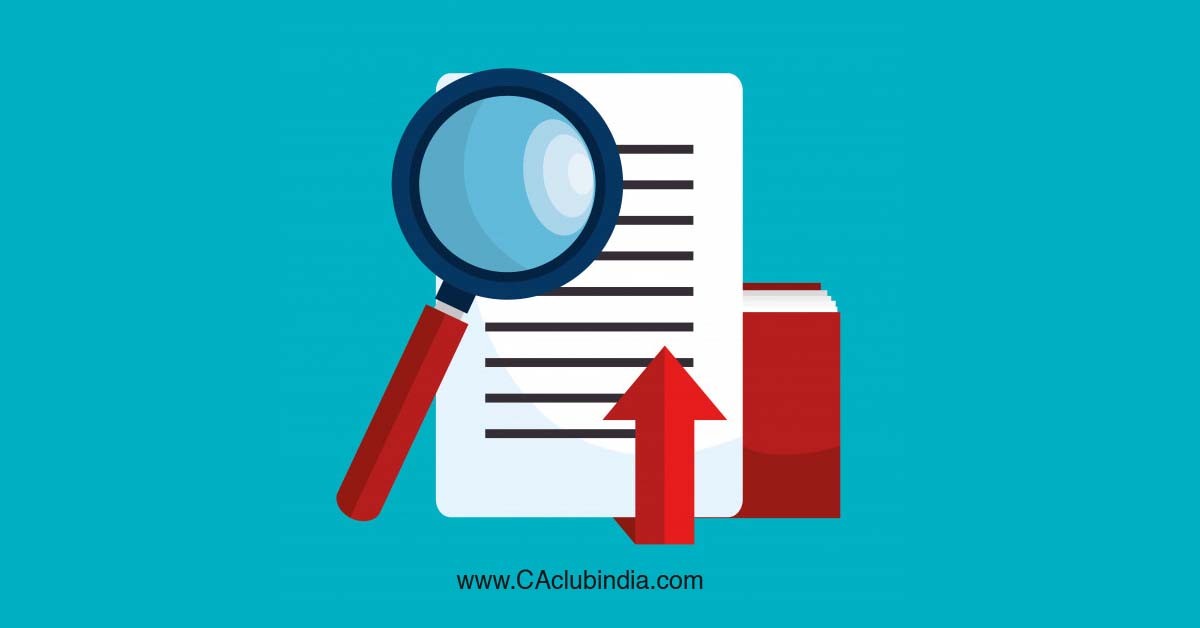EPF is the main scheme, under which retirement benefits are accumulated, launched under the Employees' Provident Funds and Miscellaneous Provisions Act, 1952 and which is managed under the aegis of Employees' Provident Fund Organisation (EPFO).
1. Applicability: EPF covers every establishment in which 20 or more people are employed and certain organisations are covered, subject to certain conditions and exemptions even if they employ less than 20 persons each.
2. Under EPF scheme, an employee has to pay a certain contribution towards the scheme and an equal contribution is paid by the employer.
3. Contribution paid by the employer is 12 per cent of basic wages plus dearness allowance plus retaining allowance. An equal contribution is payable by the employee also.
4. For most employees of the private sector, it's the basic salary on which the contribution is calculated.

5. The employee can voluntarily pay higher contribution above the statutory rate of 12 percent of basic pay. This is called contribution towards Voluntary Provident Fund (VPF) which is accounted for separately.
6. The Interest in EPF is calculated on the basis of monthly running balance.
7. Universal Account Number (UAN)is allotted by EPFO which acts as an umbrella for the multiple Member IDs allotted to an individual by different establishments.
8. Currently, 8.50 percent interest is being paid on EPF investments.
9. If no withdrawals from your PF account have been made prior to retirement, you will be eligible for a pension (EPS-Pension). You will get a monthly pension as part of EPFO's EPS (Employee Pension Scheme).
10. The government has notified the amendment in EPF scheme rules regarding withdrawal of funds from the EPF account to deal with coronavirus-related financial exigencies. The government had allowed employees to withdraw from their provident fund account in case they needed emergency funds due to financial stress caused by the covid-19 pandemic. EPF member can withdraw up to 75% of his/her provident fund balance or three months’ basic wages plus dearness allowance, whichever is lower.
Disclaimer: Every effort has been made to avoid errors or omissions in this material. In spite of this, errors may creep in. Any mistake, error or discrepancy noted may be brought to our notice which shall be taken care of in the next edition. In no event the author shall be liable for any direct, indirect, special or incidental damage resulting from or arising out of or in connection with the use of this information.






 CAclubindia
CAclubindia

